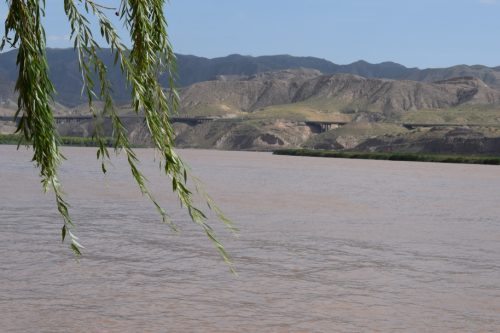The Desert:
Over the course of several months, the Jesuits crossed an area of the Gobi Desert (which Kircher refers to as the Kalmak Desert). Kircher describes the Desert; “…They carried on across the Kalmak Desert of Tartary… the Desert is partly mountainous and partly flat covered with sand and gravel and entirely bare and infertile…” The description is very academic and their experiences are not recorded in great detail, so we went to experience the desert heat ourselves!

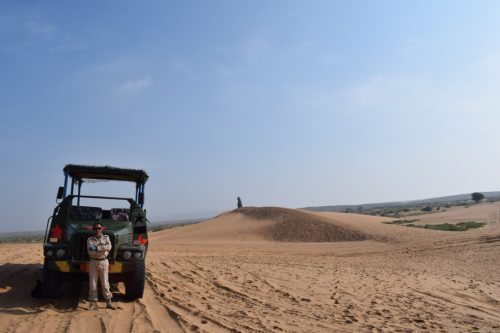
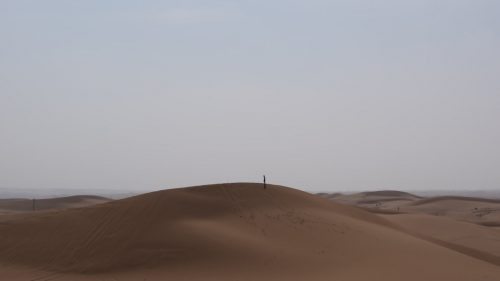
We visited the Tengger Desert which marks the beginning of the Gobi Desert. Kircher mentions the vast size of the desert; “The rest of the desert, which begins in the inner most part of South India, extends straight north and so far no one has found its end. Many think it extends right up to the icy sea. It is famous for diabolical apparitions seen far and wide, the Chinese name is Kalmuk. Other call it Caracathai or Black Cathai.” Kircher wasn’t wrong about the desert seeming to stretch on forever! But today with Google Maps, we can see that from the Tengger Desert there is 1,295,000 km2 of sand and camels until Mongolia.
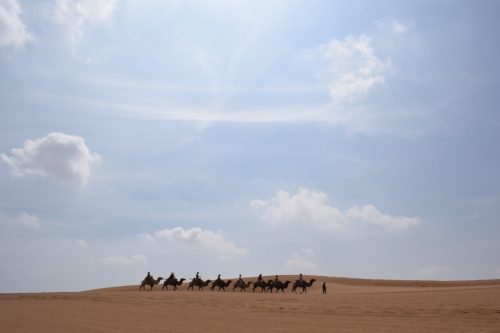
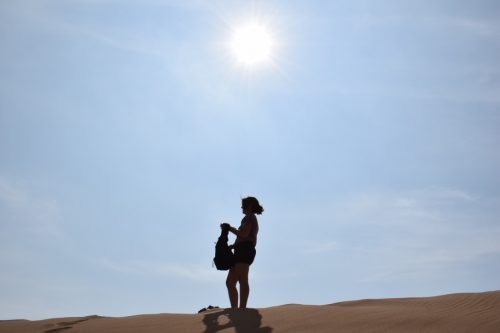
The River:
Kircher states, “However nature has provided a number of rivers that cut across the desert, and their banks provide enough green plants and pasture for beasts of burden.”
In this part of the desert, the Yellow River (Huang He) crosses through the desert creating a wall of greenery between the Tengger desert and the green hills of the Shapotou oasis.
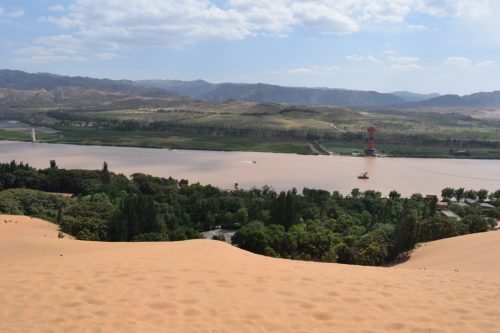
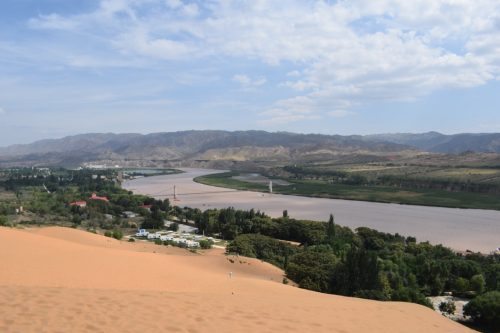
Grueber and d’Orville reported, “People are accustomed to go in groups to the Yellow River, to places near the wall thick with brushes and brambles where some times of the year they gather fodder or hunt.” Kircher adds, “the Fathers found before them a river full of fish, of which they had quite a large supply prepared for supper. Crossing the Yellow River, the Fathers entered the vast Kalmak desert. Barren, rough, and formidable in its dunes and plains.”
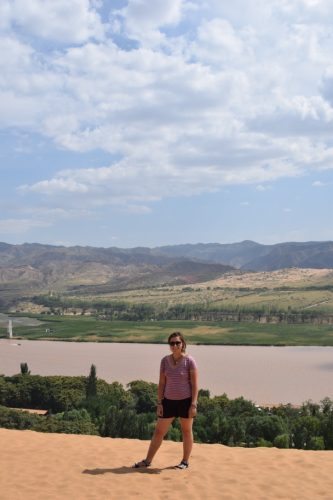
We didn’t have any fish like Grueber and d’Orville, but the River is still a popular place for people to visit. When the Jesuits had to cross the river there were no bridges (the first being built in the 1900s) and thus they would have had to go by boat. Luckily for us, there is now a nerve-wrecking zip-line to fly you over the water.
